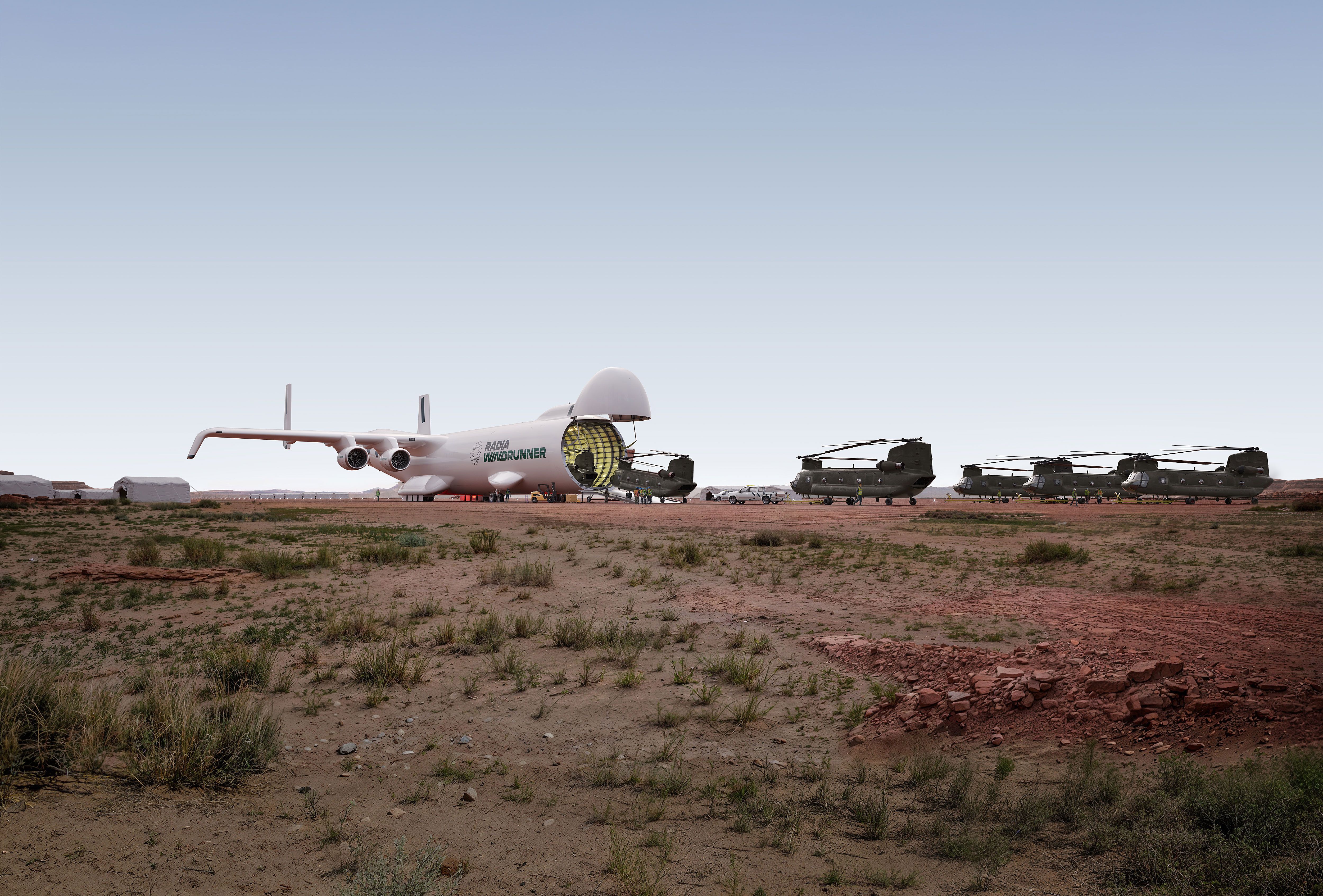Media & News
Latest Media & News

Sep 20, 2025
Radia Unveils Military Windrunner Airlifter Variant
Source: Aviation Week Network

Sep 22, 2025
Radia to Develop World’s Largest Military Cargo Aircraft for U.S. and NATO
Source: Army Recognition

Sep 21, 2025
US Unveils WindRunner Mega Military Transport Aircraft
Source: TurDef

Sep 21, 2025
A US startup wants to build a giant military cargo plane that can fit 4 F-35 stealth fighters inside
Source: Business Insider

Sep 21, 2025
Radia to Build the World’s Largest Transport Aircraft, the WindRunner
Source: Militarnyi

Sep 20, 2025
Radia unveils WindRunner aircraft project to close critical airlift gap for U.S. and allied defence
Source: Defence Industry Europe

Sep 19, 2025
Radia Announces WindRunner™ for Defense: Redefining Air Mobility with a New Class of Outsized-Volume Air Cargo

Sep 19, 2025
Strategic Airlift Is a Left Tackle. And Ours Is Breaking Down.

Sep 19, 2025
How Radia hopes to move DoD cargo with the world’s largest airplane
Source: Breaking Defense

